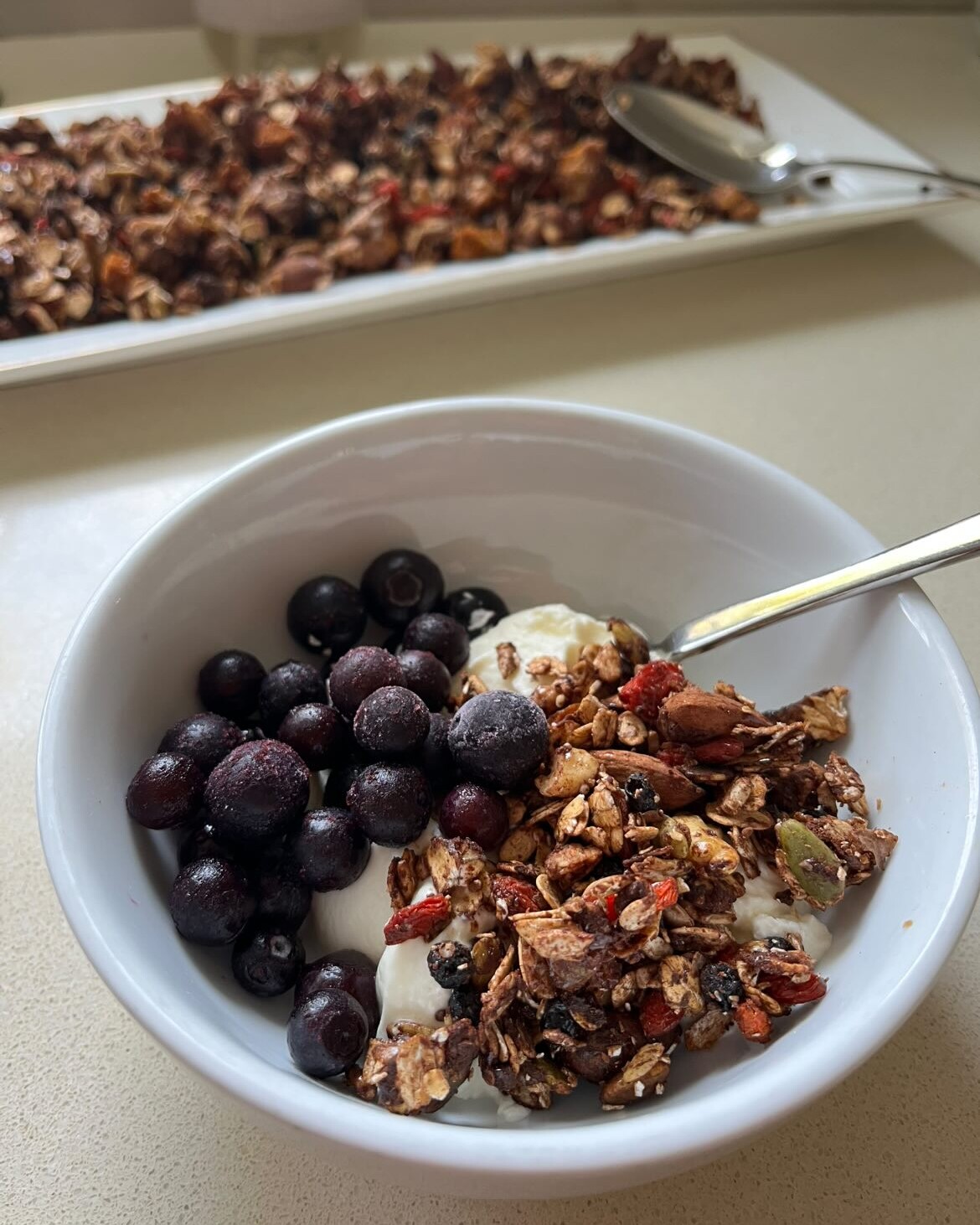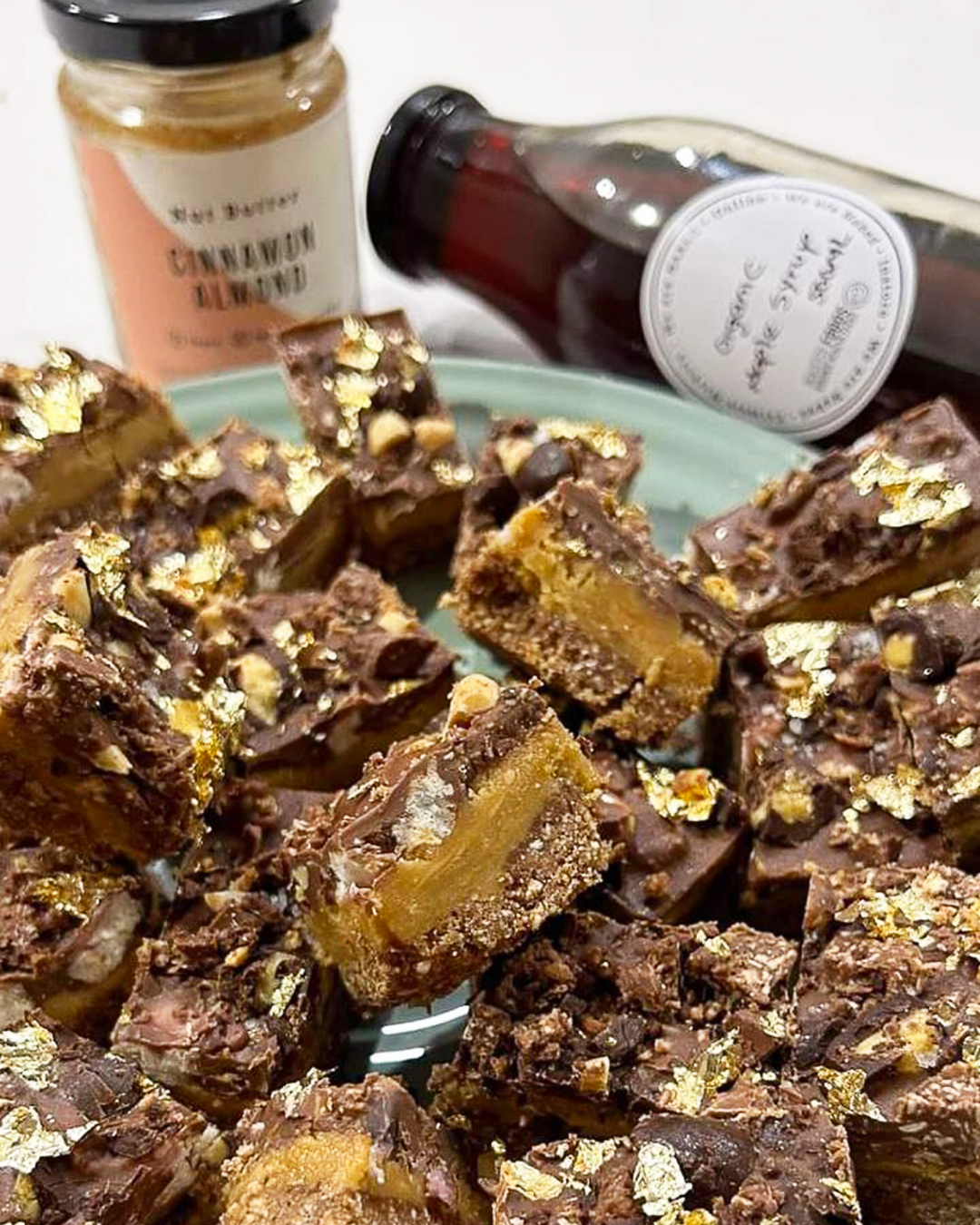Fibre is the indigestible parts of plant foods, found in vegetables, fruits, grains, nuts, seeds and legumes. There are a number of different types of fibre found in food and more often than not, you will often find more than one type of fibre in the same food. The three main categories of fibre are soluble, insoluble and resistant starch.
Unlike other food nutrients, such as fats, proteins or carbohydrates which can be absorbed and broken down by the body, fibre isn’t able to be digested by the body. Once consumed, fibre passes through the digestive system and reaches the large intestine relatively unchanged. However, the intestinal bacteria living in our large intestine do have the ability to break down many of these fibres. It is this action of feeding our ‘good’ intestinal bacteria that makes fibre so beneficial for gut health.
As the ‘good’ bacteria break down fibre, they also produce beneficial compounds such as short-chain fatty acids, which reduce gut inflammation and help to improve various digestive disorders. In addition to the gastrointestinal benefits, fibre has also been shown to help maintain a healthy weight, balance your blood sugar and reduce the risks of certain types of cancer.
Children who have a low fibre diet are at risk of poor gut health and constipation. The National Health and Medical Research Council recommend the following total daily fibre intakes in children:
- Boys & Girls (1-3 years) – 15g per day
- Boys & Girls (4-9 years) – 18g per day
- Boys (9-13 years) – 24g per day
- Girls (9 – 13 years) – 20g per day
These recommendations can easily be achieved by making sure your child is getting plenty of fibre-rich foods. Here are our top three, child-approved fibre sources:
Legumes
- Legumes (also known as pulses) include beans split peas, kidney beans, cannellini beans, soybeans, chickpeas, pinto beans, fava beans and lentils.
- One serve (1/2 cup) of chickpeas contains 5.3g fibre.
- Think hummus, soca pancakes or use besan (chickpea) flour in baking.
Try These:
Nuts and Seeds
- The nuts and seeds highest in fibre are chia seeds, flaxseeds, pumpkin seeds, sesame seeds, sunflower seeds and almonds.
- One handful of mixed nuts and seeds contains approximately 8g of fibre.
- Offer as a snack, add nut flour to baking or lather nut butter with some fresh fruit on wholegrain toast.
Try These:
Psyllium Husk
- Psyllium is a tasteless, soluble fibre derived from the seeds of the herb plantago ovata.
- One tablespoon of psyllium husk husks contains 5g fibre.
- As psyllium husk is soluble, make sure that if you are add it to a smoothie or breakfast bowl just before serving to avoid it turning things thick or slimy.
- Psyllium could delay the absorption of certain medications. Therefore, it’s not recommended to take it with any other medicines.
Five Easy Ways To Boost Your Childs Fibre Intake
- Add a teaspoon to a tablespoon of psyllium husks to their morning smoothie or breakfast bowl.
- For breakfast on the go – before bed, cover a 1/4 cup of oats, chia seeds or both with their favourite milk and leave to soak in the fridge overnight. Wake up, top with fresh fruit and some nuts or seeds.
- Try to aim to have three different coloured vegetables on their plate for lunch and dinner.
- For a fibre-filled afternoon snack: try a handful of nuts/seeds and a piece of fruit, or go savoury with a dollop of homemade hummus and some raw veggies sticks.
- Add beans and legumes to stews, soups and salads, or use them instead of flour in dessert recipes – try these Black Bean Brownies!
Important Note: It is also important to remember that when we increase fibre in the diet, we also need to increase water intake. Dietary fibre absorbs water to help keep the stool soft and for this reason it is essential that children have enough fluid. It is important to encourage your child to drink plenty of fluid (mainly water) throughout the day.
Words by Brittany Darling, Nutritionist and Herbalist (BHSc Nutr).










